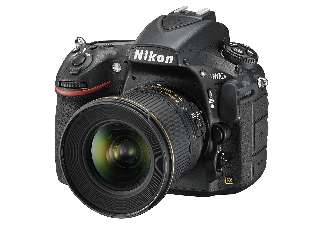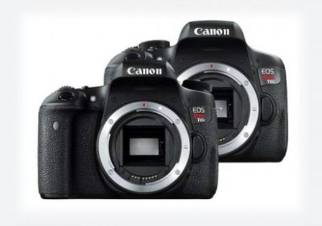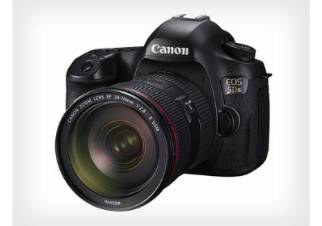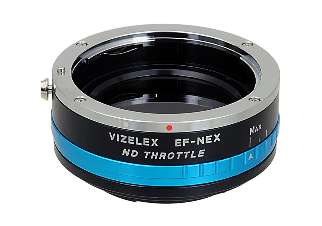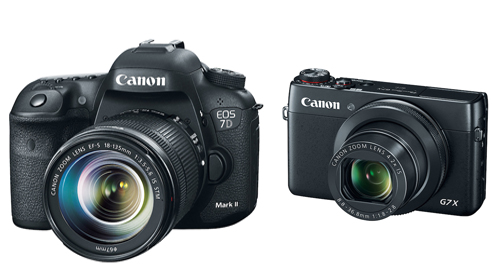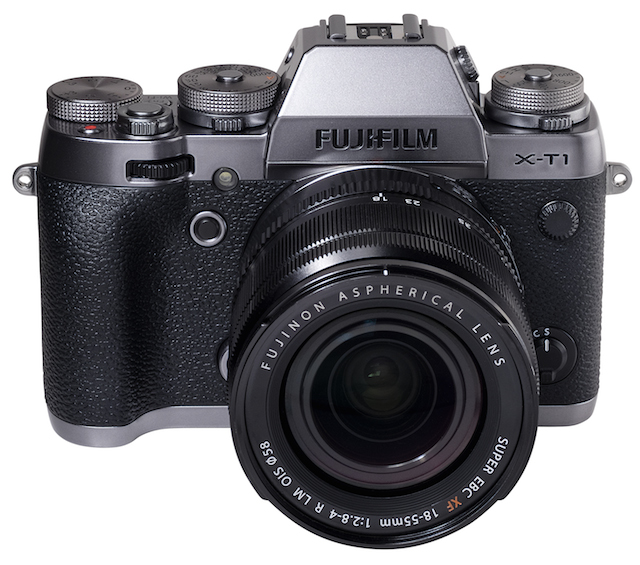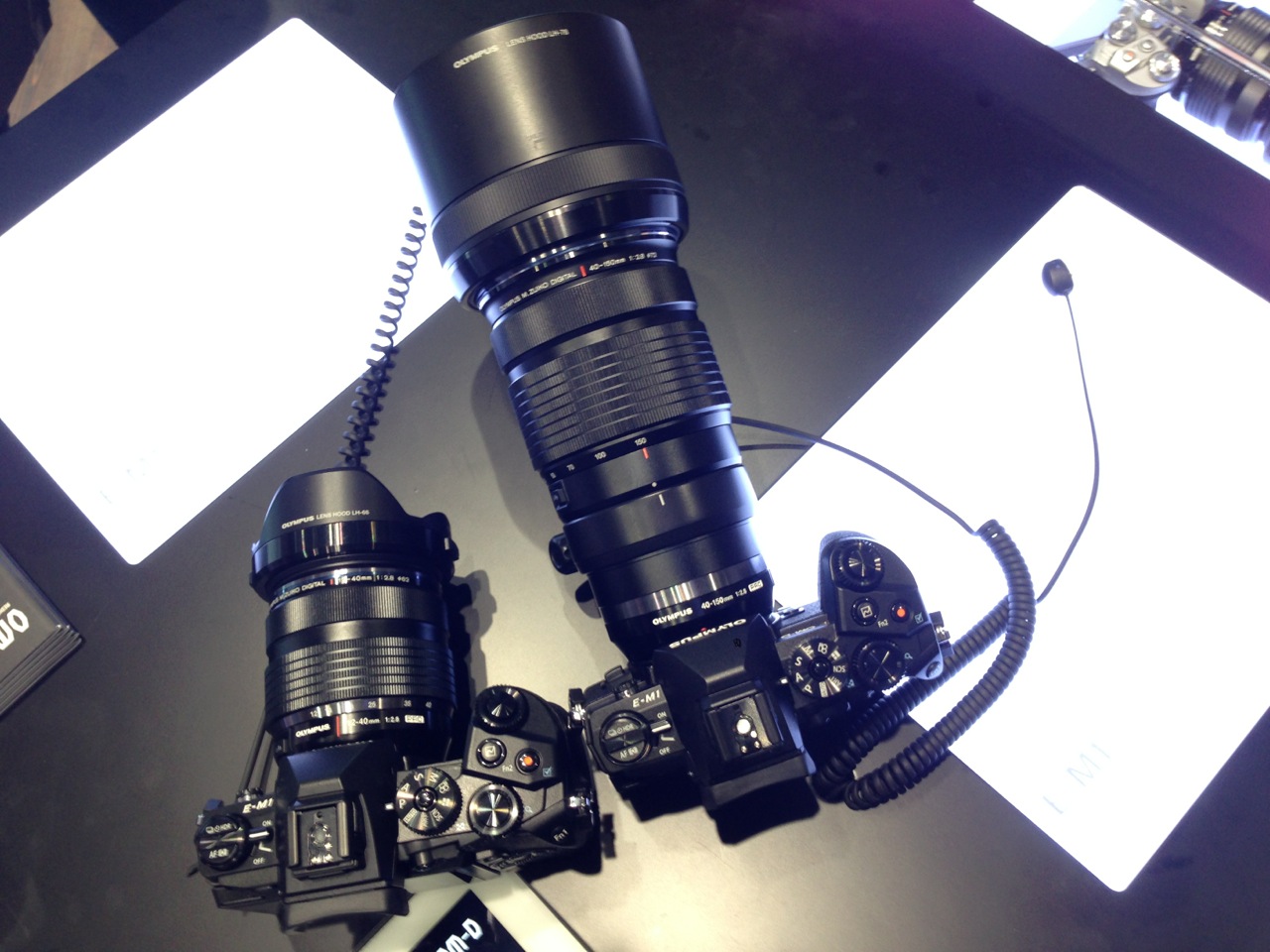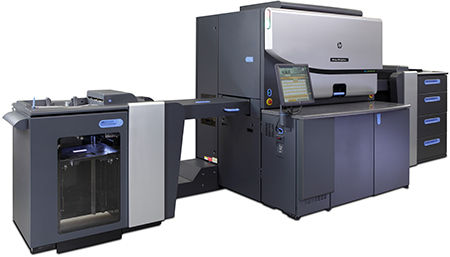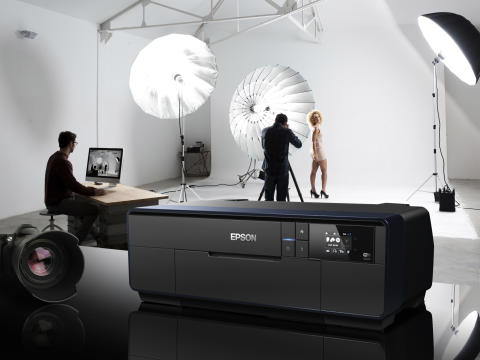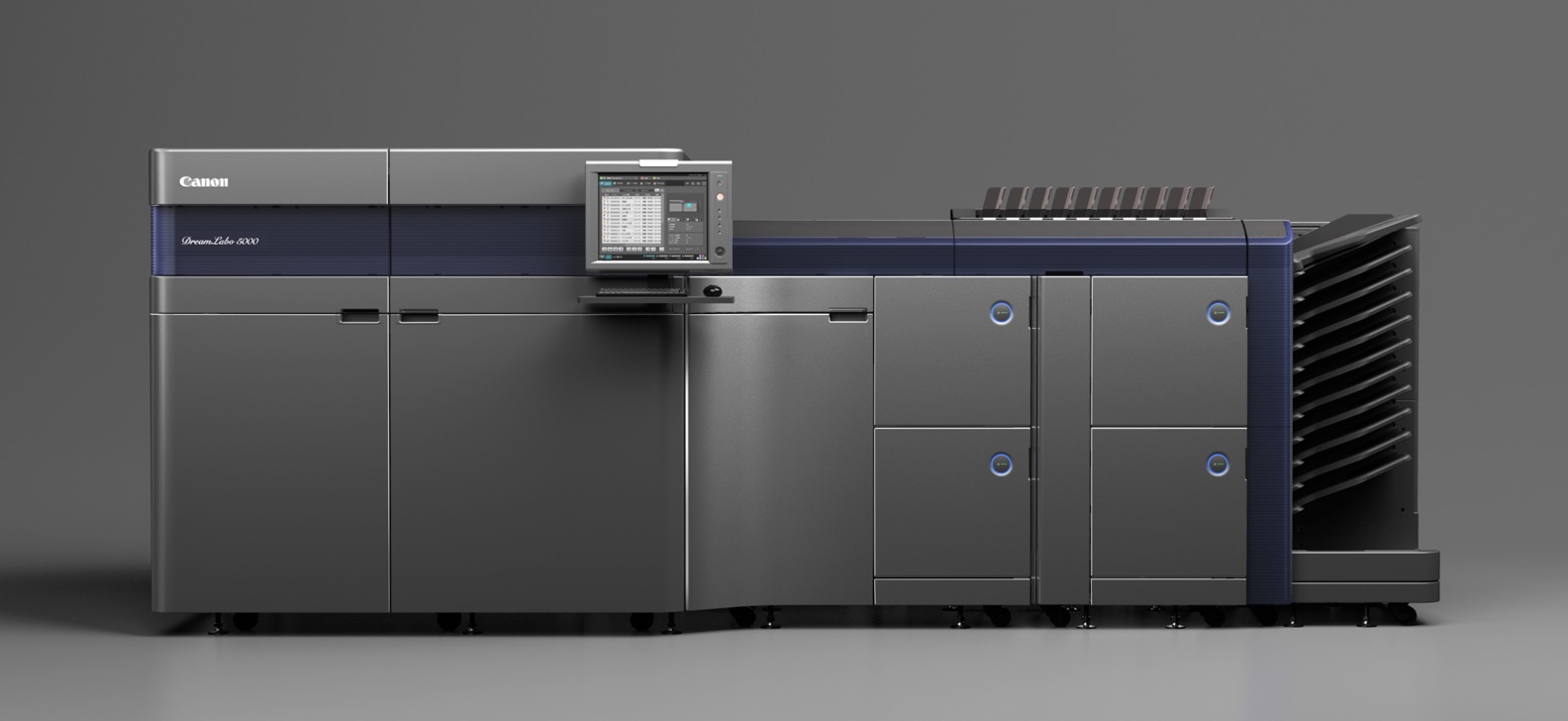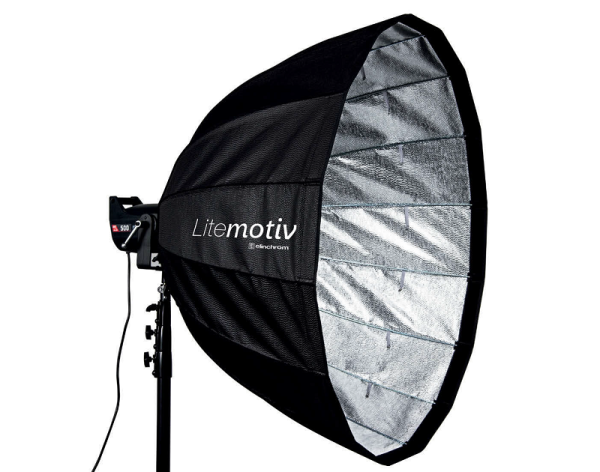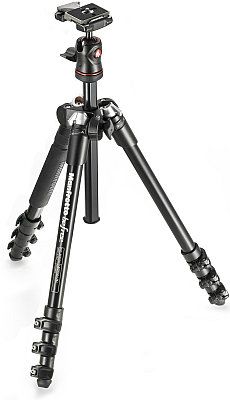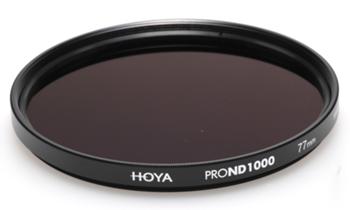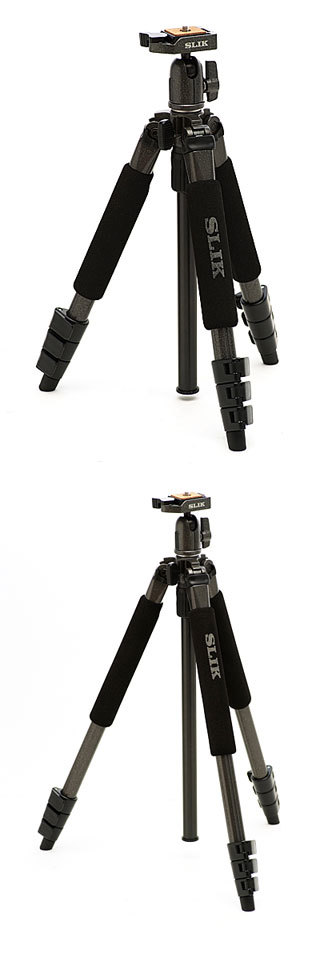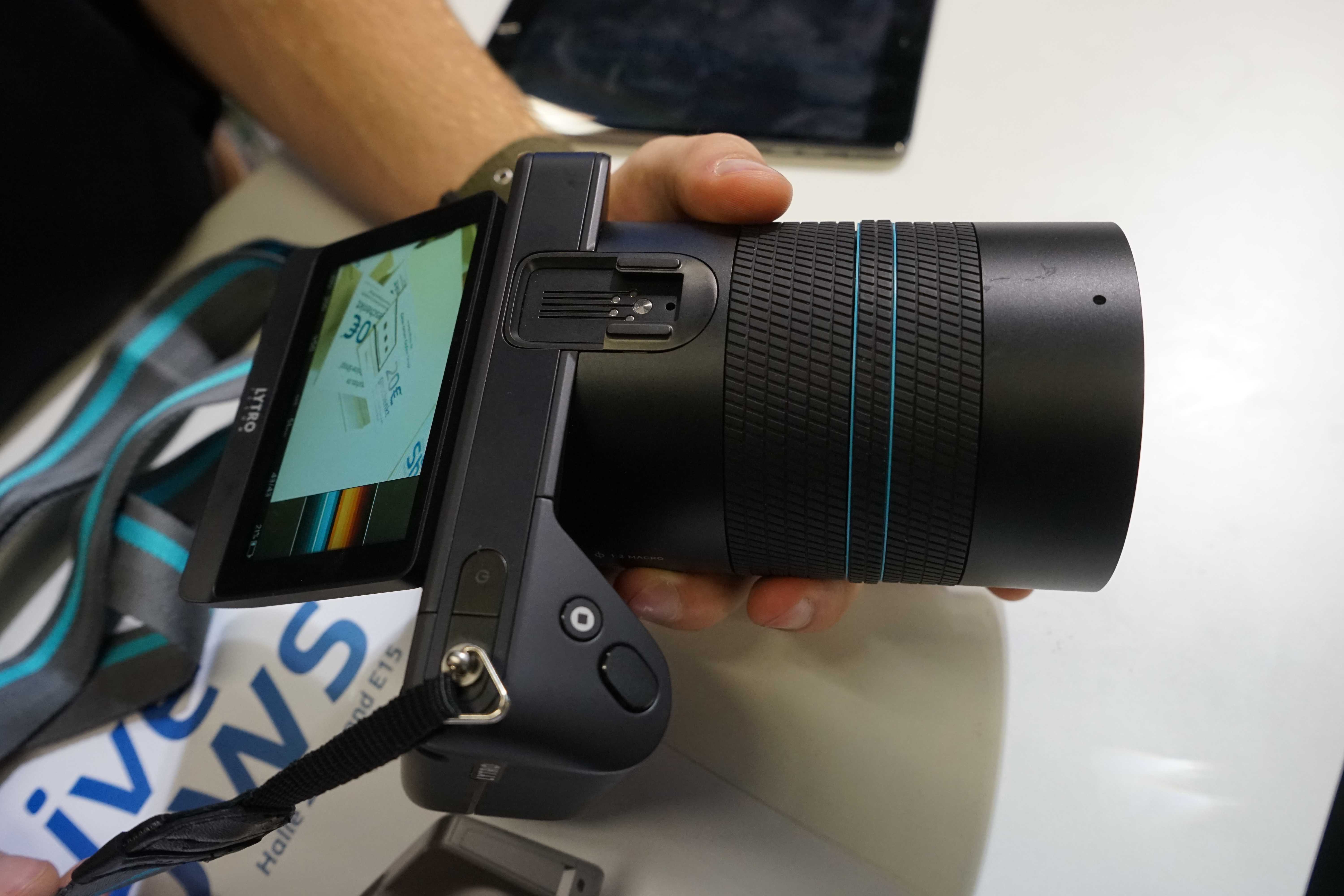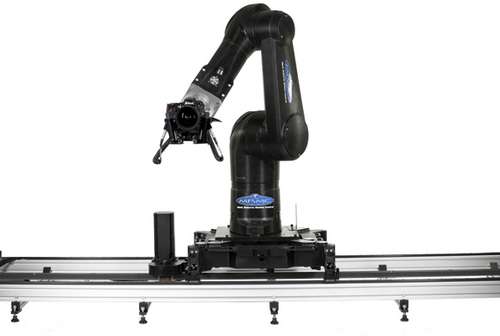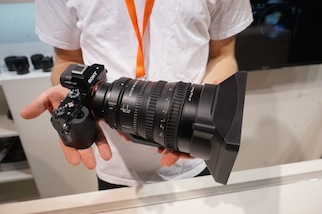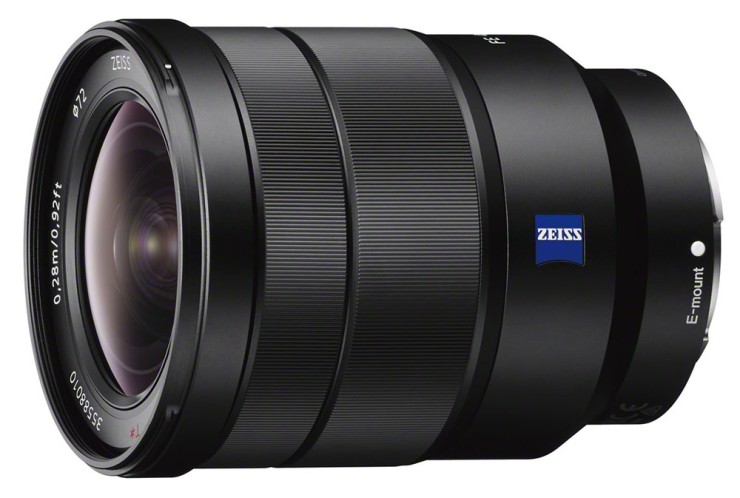– Bhavya Desai in Cologne
Once every two years the world of imaging converges onto Koln for the biggest photographic imaging fair called Photokina. Although the speed of internet has broken all geographical boundaries and seems to be threatening the very existence of all such exhibitions across the globe, especially in developed countries, the 2014 edition showcased technology that would make an avid user of the industry proud. I had spoken about this in my editorial in the September 2014 issue and as predicted some of the products and technology were on showcase at this year’s show. So if you didn’t get a chance to visit the biggest show this year, then we can give you a lowdown of what was showcased at the show.
What did the camera manufacturers showcase?
Canon
While there were certain speculations that Canon might release a professional DSLR at the show, as predicted by us, the company unveiled the successor to the already popular EOS 7D with its Mark II version. The 7D Mark II features 20.2-megapixel CMOS sensor, with a DIGIC 6 image processor, and a major upgrade from its predecessor, a 65-point autofocus system. The camera also features an updated version of the Dual Pixel AF that first featured on the 70D. The 7D Mark II features a continuous shooting drive of 10fps, which has been upped from the 8 fps in the 7D. The camera has a 1.4 million-dot, 3-inch LCD screen, however, not articulated. While the base ISO of the camera maxes out at 16000, it’s expandable to 51200.
When Canon had introduced its Powershot G1X in 2012 it was clear that they were going to explore the larger sensor in a compact body formula, especially after its not-so-successful entry in the mirrorless market. The G1X was a good camera and it was only natural that the company would launch an update in the same series. The Powershot G7X is the first Canon camera with the 1-inch sensor. The large-sensor compact camera features Canon’s DIGIC 6 processor, with a 20.2 megapixel BSI-CMOS sensor.
With an equivalent focal length of 24-100mm, the camera features 31 focus points, with 6.5fps, and has an ISO range of 125-12800. It features an articulated, tilting 3-inch LCD touchscreen that can be moved 180-degrees upwards. When it comes to video, the camera can record full HD videos at 60fps. The camera also has in-built wi-fi, for image and video sharing.
Apart from this the company also launched other products but some notable new lenses included the Canon EF 24-105mm f/3.5-5.6 IS STM, Canon EF 400mm f/4 DO IS II USM and the Canon EF-S 24mm f/2.8 STM.
Although there hasn’t been an update on when the products will be released in India and its prices, we expect it to be here by November. The G7X is set to be available in the US market by October this year, and will be priced at around $700. The EOS 7D Mark II is set to hit the stores by November and will be priced about $1800 (body only), or with the EF-S 18-135mm f/3.5-5.6 IS STM for $2150.
Nikon
I expected a lot more from Nikon at this year’s show, although everyone visiting the show might have known that the company is not going to launch too many new products, as they had already launched the Nikon D810 and announced the D750. So we swung by to check out the Nikon D750, which was the new APS-C offering from the company.
It is the smallest and lightest FX-format (full-frame) digital SLR camera in the company’s line-up. The D750 features built-in Wi-Fi, tilting monitor, 24.3 megapixels, 91K-pixel RGB sensor, and high-speed continuous shooting rate of approximately 6.5 frames per second for both FX- and DX-format.
According to Nikon, the D750 is set to challenge the common assumption that the higher a D-SLR’s specifications, the bulkier it becomes. The D750 includes technologies designed to offer a strong, lightweight camera without compromising on image quality. Its FX-format (full-frame) CMOS sensor and EXPEED 4 image-processing engine are packed into a monocoque structure, framed by carbon-fiber, reinforced thermoplastics (LFT) and magnesium alloy to provide durability.
We have done an exclusive review of the product in this month’s issue, so make sure to check it out in the review section.
Sony
Well for anyone who is not part of the inner circle of the industry, their visit to the Sony booth might have been the biggest disappointment, if they were expecting some camera launches. But on the other hand for the ones who have already invested in Sony camera bodies, the show might have brought some excellent news.
As mentioned in my editorial last month, our sources had already confirmed that Sony would not be launching any cameras at the show, but the manufacturer did announce a line-up of lenses that were much awaited and rather needed. Sony unveiled the FE PZ 28-135mm F4 G OSS, a lens specially designed and optimised for video. The new lens is a full-frame E-mount lens, with a power zoom, and three separate rings with ridges for zoom, manual control and aperture.
According to Sony, what’s special about the lens is that it maintains its focus when the focal length is changed, thus helpful when closing in on a subject or zooming out.
With a weather-sealed body, the lens features a tripod collar mount. It will be priced at about $2500, and will be available by the end of December.
But what’s interesting is that it also announced a new lens by Zeiss with the Vario-Tessar T FE 16-35mm F4 ZA OSS. Another full-frame, E-mount lens, the Zeiss Vario-Tessar T FE 16-35mm F4 ZA OSS is an ultra-wide zoom. The company also gave a roadmap of the lenses to expect in the coming year and you can check the chart of what’s to come in this image.
Samsung
For a company that’s known more of its consumer electronics. Samsung has come a long way in the imaging industry. Probably one of the best cameras that we have seen at the show, the Samsung NX 1 seems to have everything going for it including its price. The camera features 4k video, 28-megapixels, new continuous autofocus tracking (which works really well) and a whopping price.
The manufacturer also announced the high-end 50-150mm F/2.8 lens at the show. The NX 1 focuses on high speed and performance, featuring an all-new 205-point autofocus system, a shooting mode that offers 15fps continuous shooting and 4K video recording. The camera cover approximately 90% of the frame, and the phase-detect AF system is also available to use during video recording. If we are to assume correctly then the lens alone costs $1,599. The camera also features a built-in flash, an OLED electronic viewfinder, and a 3-inch Super AMOLED touchscreen.
What got us going was the NX1’s design. It looks clean, simple and yet powerful. What is really amazing is the LCD display on the mirrorless camera which shows you a lot of information, a first for a camera in that segment, we suppose. The camera uses a new 28-megapixel backside-illuminated CMOS sensor and the touchscreen is as responsive as any other smartphone from Samsung. The availability is still a factor, and we don’t yet know when it will come to India, but company representatives mentioned that it should be available in the global markets by the end of October 2014.
Fujifilm
There were few manufacturers that turned our heads at the show, and Fujifilm was surely one of them. Although the company currently doesn’t seem to be doing much in India, they probably showcased some of the most innovative technology at the show this year. They launched the Fujifilm X100T and the X30 apart from several lenses.
We got a brief time with the X100T and the most interesting thing about the camera was its Hybrid Viewfinder. It was one of a kind and that alone puts the camera on the map. With the newly launched X100T, the company offers a more traditional rangefinder which overlays a zoomed-in display of the focus area in the viewfinder. If that didn’t make sense then take a look at the picture that we have shown here, which shows you the display when you stick your eye in the X100T’s viewfinder. The idea is to give you better information about the exact area that the camera is focusing on. And if you find that too much, then there is always an option of switching over to the regular display.
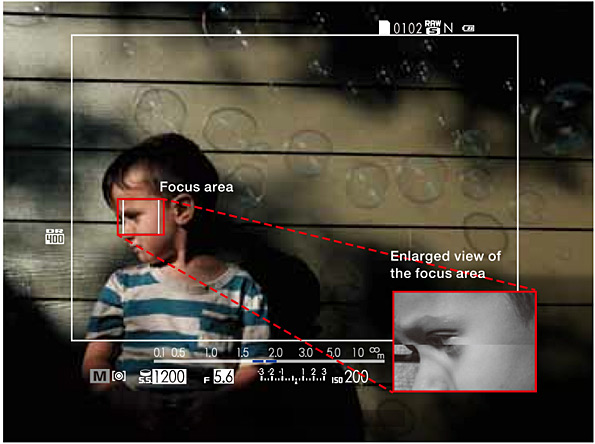
We used the camera and found it to be working well. If technology like this picks up, then it is only time that versions of these will be adopted by manufacturers soon into the cameras. Other notable features include a 16-megapixel APS-C X-Trans II sensor, minor changes to the body and look, the exposure compensation dial goes up to +3 and -3, inbuilt wifi for the first time, and an upgraded screen size of 3-inch. The camera is expected to the hit the stores in November for about $1300.
Also showcased was the new version of its X-T1 flagship mirrorless camera. Though similar to the regular model, the Graphite Silver edition offers a metallic finish and a retro looks, with some additional features. The camera has an electronic shutter (maximum speed 1/32000), a ‘natural live view’ mode, and the Classic Chrome film simulation. Fujifilm informed that the Graphite Silver X-T1 will be out in November for $1499.95 (body only).
Olympus
Olympus did not really feature much at the show this year, besides showcasing a new lens and upgraded versions of their previous cameras. They launched a new lens which was the M.ZUIKO DIGITAL ED 40-150mm 1:2.8 PRO zoom lens, which is splash and freeze proof, and Olympus informed that it features the first-ever focusing system to power two high-grade lens elements using dual linear motors. Along with this, the company also introduced a 1.4x tele-converter which boosts the zoom range up to 420mm.
Apart from that there was a major firmware update of its flagship camera, the OM-D E-M1 at Photokina 2014. This firmware upgrade includes USB tethered shooting capabilities, ideal integration in the workflow for studio photographers. It also showcased its previously announced PEN E-PL7 which offers a 16MP CMOS sensor, 3-axis image stabilization system borrowed from the OM-D E-M10, 8 fps continuous shooting and built-in Wi-Fi. The E-PL7 provides an articulated 3″ touch LCD, capable of flipping downward by 180°, apt for selfies. Along with the E-PL7, Olympus has also announced an update to its OI.Share app as well as a black version of its M.Zuiko 12mm F2.0 prime.
Ricoh/Pentax
Ricoh unveiled a few new cameras at the show and they seemed really cool for any visitor. First up was the Pentax K-S1 which had a very futuristic design to it, much like how Audi changed the way we looked at cars with its day-time running LEDs. The K-S1 features something similar, with glowing light popping out from everywhere, including its hand grip and the back side. It features a 20-megapixel CMOS sensor along with a new Prime MII processor that allows for sensitivities of up to 102,800. It can shoot 5.4 fps in the burst mode, and has full-HD video recording.
The company also launched the WG-M1 action cam, and for ones who are not familiar with this segment then the word GoPro will light up the IQ. So in short it is Ricoh’s version of the same. It features an ultra-wide-angle 16.8-mm equivalent F2.8 lens which gives a 160 degree field of view when shooting stills, which is reduced to 137 degrees when recording video. The action cam features a 14-megapixel 1/2.3-inch type CMOS sensor combined with an ISO range of 100 to 800 and can shoot bursts of images at speeds of up to 10 frames per second.
It shoots Full HD 1080p 30 fps, and can increase the frame-rate as resolution drops, by 848 x 480 it can record at 120 fps to produce slow-motion footage. There’s also an integrated stereo microphone which is extremely important to record the audio that you need to make your movies great.
What did the Printing Companies showcase?
If you thought that it was the camera manufacturers that hogged all the attention at the show, then you might be in for a surprise. A number of companies launched new printers for the professional and home segment and these were some of the notable ones that we found.
Hewlett Packard (HP)
When it comes to the photo-imaging segment there aren’t many companies that have enjoyed the sort of success that HP has. They launched a number of new products at the show which included the HP Indigo 7800 Digital Press, demonstrated for the first time in Europe, the HP Latex 300 Printer series and the HP Designjet Z6800 Photo Production Printer in action.
The company also introduced the new E-Canvas developed with alliance one partner, Felix Schoeller, to enable HP Indigo 7800 Digital Press users to print directly onto this new canvas substrate. This increased media versatility for HP Indigo customers will change business models for canvas printing by cutting production time and increasing cost-effective print formats, up to 32x46cm size. In addition, HP’s new Light Cyan and Light Magenta inks for the HP Indigo 10000 Digital Press and new media options were also showcased.
For the first time in Europe, HP printed lay-flat photobooks live on the new HP Indigo 7800 Digital Press with Felix Schoeller E-PHOTO Paper.
Epson
All the major communication at the Epson booth seemed to be surrounded towards the SureColor SC-P600 A3+ photo printer, which made its global debut at the show. The printer than can print up to A3+ features the company’s new UltraChrome HD and Vivid Magenta ink to produce prints. The new nine-colour UltraChrome HD inkset can reproduce wide colour gamut and with a 2.84 DMax – the industry’s highest black density, produce deep, rich blacks and ultra smooth tonal gradations said the company. It features a 2.7-inch touch panel and can print wirelessly even without getting connected to the PC.
From the professional front Epson launched the SureLab D700 photo production printer. It featured its first compact six-colour photo production printer, offering a wide range of media and format options. Combining vibrant, high-quality colour output with reliability and cost-efficiency, this standalone printer is ideally suited to photo production businesses, photo shops, event photographers, minilabs and copy-shops.
The SureLab D700 uses Epson’s highly flexible inkjet technology to print multiple sizes (from 4 inches up to A4 wide and from 3.5-39 inches long) on a wide range of media, including glossy, lustre and paper-based matte media. In addition to providing a high level of size/media flexibility, the productive SureLab D700 can deliver up to 360 6x4inch prints and 180 8x6inch prints an hour.
Canon
While the action around the Canon booth was naturally around the cameras and its new launches. Tucked away behind in its private area was the Canon Dream Labo 5000 which the company announced last year. Canon has already installed 2 machines in the Southern part of India at this point of time, and seemed upbeat about the same. It’s the company’s first photo production printer with inkjet-based technology. It features 7-colour ink technology to print a wide range of colours.
DNP
At Photokina, DNP presented an innovative printing solution in its new Nexlab NL3000 system. Scalable from multi-printer setups to a full-scale retail minilab, this system features new order management software Nexlab6 with an intuitive GUI, dashboard functionality, including Pre-judge Print (PJP), and large-format printer support.
Accessories
There were lots of launches in the same segment, but we will bring you what some of the more popular companies did in the industry.
Elinchrom
At the show Elinchrom displayed a variety of products some of which was already announced, including new products. For instance, the company displayed its Pro Light heads which were announced earlier this year including the series of Litemotiv softboxes which were announced at the show.
The Litemotiv series are sixteen-sided softboxes, available in the variants of 120cm and 190cm diameter can be used either as softboxes or even with deflector mounted in the center. The Elinchrom FS30 Fresnel Spot, can apparently mount on any Elinchrom head made since 1972 and offers a 20° to 45° variable beam angle. Additionally, they announced the Quadra Reflector Adapter MK-II, a Quadra Protective Cap and a ProTec Trolley bag.
Manfrotto
It’s difficult to keep the name Manfrotto out of a sentence whenever the word tripod is mentioned. At Photokina 2014, the company unveiled new products designed for all kinds of photographers, from enthusiasts to professionals. These include coloured Befree Tripods, the X PRO Geared Head, the new 190X range, the Off road Collection and the Mediterranean Bags Collection.
The new Befree Tripod is now available in green, red, grey and blue. Quick to set up and simple to use, this innovative and lightweight tripod allows photographers on trips to have a valuable and reliable support for their pictures. Thanks to the unique folding mechanism, the legs fold perfectly around the head and quick-release plate attachment into a closed position, making it only 40 cm (15.7 in) in length.
Metz
Metz announced a compact LED panel for smartphone and tablet photographers. Fitting into the headphone jack of your smart device, the new mecalight LED 72 smart lighting panel features a swivelling base and provides up to 72 Lux of illuminance for mobile photographers. The tiny video light has a rechargeable lithium-ion battery, which means it can also be used off-camera for more creative lighting angles. Using a button on the back, the light function can be set to 3 levels: full output, reduced output, and flashing. The Metz mecalight LED 72smart will be available in five colours: black, white, pink, green and blue. Pricing has yet to be confirmed.
Kenko Tokina
The accessory major had its booth divided in several separated exhibition sections that is commonly can be seen in Department Stores. Targeted towards the urban traveller, the brand showcased a number of photo and outdoor accessories.
Tokina
Tokina showcased two new lenses at Photokina 2014, the completely new 11-20mm f/2.8 PRO DX (APS-C) aspherical SD (IF) lens, and the AT-X 24-70mm f/2.8 PRO FX (Full-frame) aspherical SD (IF) lens, which was previously shown at CP+. These lenses feature SD technology – Super Low Dispersion – designed to reduce chromatic aberrations. The lenses also feature internal focus (IF).
HOYA
Along with traditionally exhibiting wide variety of Photographic Filters, HOYA announced next generation filters with new coating technologies. They showcased the PROND1000, which has a 10-stop light reduction equal to a ND optical density of 3.0. The PROND filters use Hoya’s exclusive clear optical glass that has a metallic ACCU-ND coating front and back to create the neutral density affect.
SLIK
Visitors also had a chance to get acquainted with product lines from SLIK. A number of its tripods were showcased, targeting both still photography and videography. It’s heads, legs, monopods and other accessories were also showcased at the event.
Other notable mentions
Polaroid
Polaroid put instant photography on the map when it launched its instant cameras long back. With digital photography posing a major challenge to the company in the 21st century, Polaroid bounced after a challenging period recently. At the show the company showcased it Socialmatic, which was announced a while ago but is still in development and expected to ship sometime later this year. The few prototypes at the show received a great response from the consumers and we were happy to play with it as well.
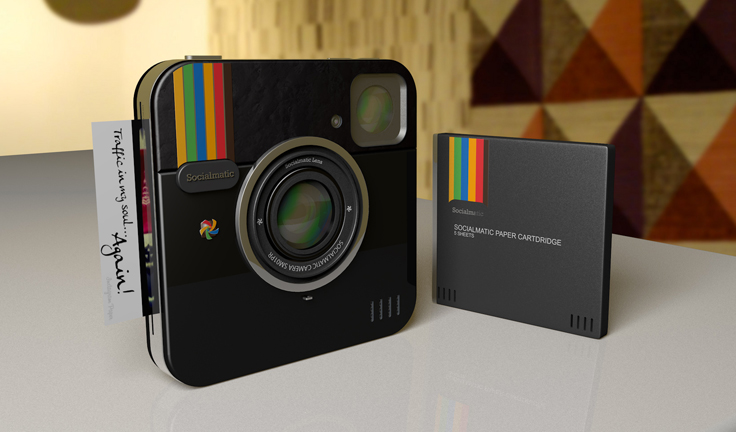
The Socialmatic combines a 14MP camera, an Android smart device and a Polaroid Zero Ink technology printer in a fairly bulky case that is, to a degree, reminiscent of the Polaroid Instant cameras from the past. There is also a 2MP rear camera for selfies, an LED flash, a 4.5-inch touch screen, stereo speakers and 4GB of built-in memory that can be expanded via a microSD slot. The device offers a GPS sensor and Bluetooth. It connects to the Internet via a Wi-Fi module but there is no GSM capability.
On the touchscreen you control an Android operating system that looks just like what you are used to from your phone. Once logged in you have access to the Google Play Store and can install your favourite apps. On the front a mini-LCD called “Mood Assistant” allows you to display your mood via emoticons or find new followers on the socialmatic network using a QR-code. The Socialmatic camera will be available before the end of the year for US$299. A pack of 50 sheets for printing will set you back another US$20.
Lytro Illum
When Lytro cameras were announced using light-field technology they created the biggest buzz that the industry had ever seen. But post that the company seemed to run into some challenges. But at Photokina this year the company was present in full gusto and had customers flock their booths in an around. Although there wasn’t anything new that the company showcased or launched, just seeing the camera in action was a delight.
Mechanical Robots
In many ways Photokina is basically a show where all manufacturers put their best foot forward, and Nikon did exactly that at this year’s show. We stumbled upon this technology and it was just too good to pass up. Nikon along with Mark Roberts Motion Control has worked upon a motion control system that is widely used for number of applications.
Displayed right in the middle of the booth, this technology was just demanding attention. Mounted with a Nikon D810 on the robot, the system mapped certain points which are pre-programmed to provide a flawless motion while shooting a video. The idea is to give it a very human feel, so that it’s seamless and fluid.
All in all this year’s show was very interesting and the technology on show was worth the trip. Stay tuned to our magazine because we will soon be reviewing most of the products that have been launched at the show.



